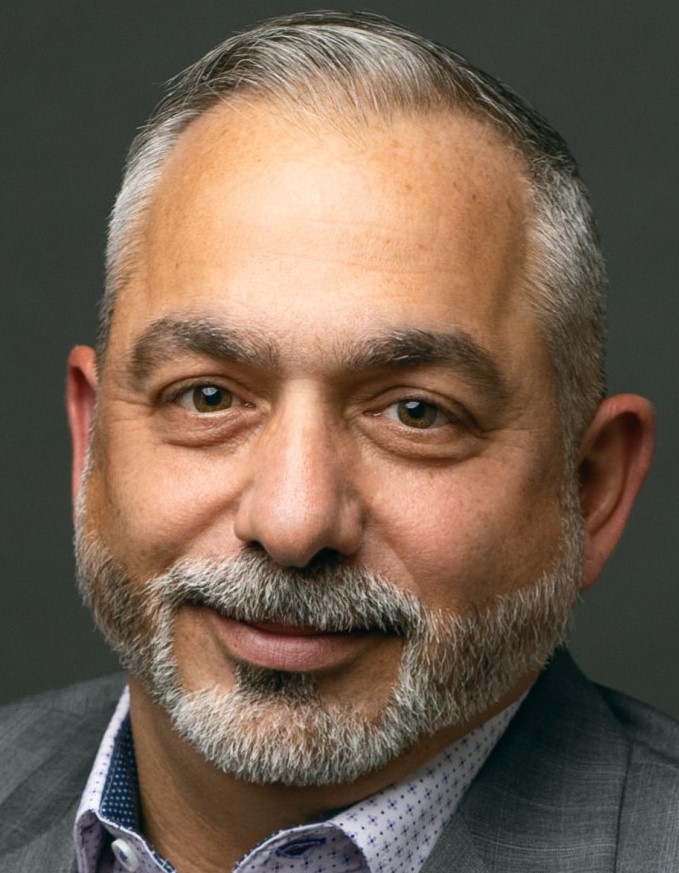12:00 PM - 1:15 PM EST
The Future of Physical Security: Innovations, Challenges, and Real-World Applications
In an increasingly interconnected and digital world, the future of physical security is becoming more critical, shaped by transformative innovations like artificial intelligence (AI), biometrics, the Internet of Things (IoT), robotics and blockchain. While these technologies offer enhanced capabilities, they also bring new challenges and ethical considerations to be addressed to maintain effective and resilient security frameworks.
- Traditionally, physical security has relied on tried-and-true methods such as barriers, locks, alarms, and human oversight. These measures have served as the backbone of protecting people, assets, and facilities from physical threats. However, as technology advances, the landscape of physical security is rapidly changing. AI, for instance, is revolutionizing surveillance systems by enabling real-time threat detection and proactive responses. This shift from reactive to anticipatory security marks a significant evolution in how physical spaces are protected.
- Biometric technologies are also advancing, moving beyond basic fingerprint and facial recognition to more sophisticated methods like vein pattern recognition and iris scanning. These innovations offer a higher level of security, making it increasingly difficult for unauthorized individuals to gain access. However, the implementation of such technologies must be balanced with considerations of privacy, data security, and potential biases.
- The integration of IoT into physical security systems, particularly in smart buildings, allows for continuous monitoring and automated responses to potential threats. This interconnectedness enhances security but also introduces new vulnerabilities, as IoT devices can become targets for cyberattacks. Ensuring the cybersecurity of physical security systems is therefore crucial to maintaining business continuity, especially as more operations become dependent on digital and automated processes.
- Drones and robotics are becoming essential tools in physical security, offering capabilities such as perimeter patrolling, crowd monitoring, and rapid response to alarms. These technologies significantly enhance situational awareness and can cover large areas more efficiently than traditional methods. However, their deployment raises ethical and
- operational questions, particularly regarding their ability to make appropriate decisions in complex, real-world scenarios.
- Advanced access control systems are also evolving, with technologies like blockchain providing tamper-proof records and context-aware systems adapting security protocols in real- time based on situational data. Despite these advancements, the human element remains indispensable in physical security. Human oversight and judgment are critical in interpreting complex situations and ensuring that security measures are applied effectively.
As organizations consider adopting new security technologies, the enduring principle of layered security, which combines physical, technological, and human elements, remains central to creating a robust defense against threats. In the new landscape, cost-benefit analyses will be crucial. While advanced systems offer significant advantages, their implementation must be balanced against budget constraints and the need for sustainable security solutions. In this evolving landscape, a balanced approach that integrates innovation with proven physical security methods will be essential to ensuring both the safety of physical spaces and the continuity of business operations.
Presenter: Michael White, CPP CRM SAS-AP CPD

Michael brings extensive Security, Risk and Emergency Management expertise to assist private organizations, government bodies, and high-prole individuals in risk mitigation, security enhancement, and emergency preparedness. He excels in improving security operations and implementing cost-effective risk mitigation strategies. His passion centers on advancing industry standards.
His diverse expertise spans Critical Infrastructure, Commercial Retail, Residential Property Management, and high-net-worth individuals. Michael collaborates with law enforcement agencies across multiple countries.
He holds prestigious certifications, including CPP from ASIS, CRM from the University of Toronto, and a Post GraduateCerticate in Security Management from Buckinghamshire New University. He also earned a certificate in Advanced Terrorism and Political Violence Studies from the University of St. Andrews and certifications from Arcuri Group LLC and the National Institute of Crime Prevention.
As an ISO PECB certified trainer and Lead Implementer in ISO 22301 Business Continuity Management Systems, Michael harnesses organizations' strengths to manage risks, engage personnel, and enhance security.
Dedicated to community involvement, Michael volunteers his time and expertise on international and national security and crime prevention committees, contributing to recognized standards and guidelines. That includes co-hosting a risk and security related podcast called The Security Vine where they nd a way to laugh about serious things.